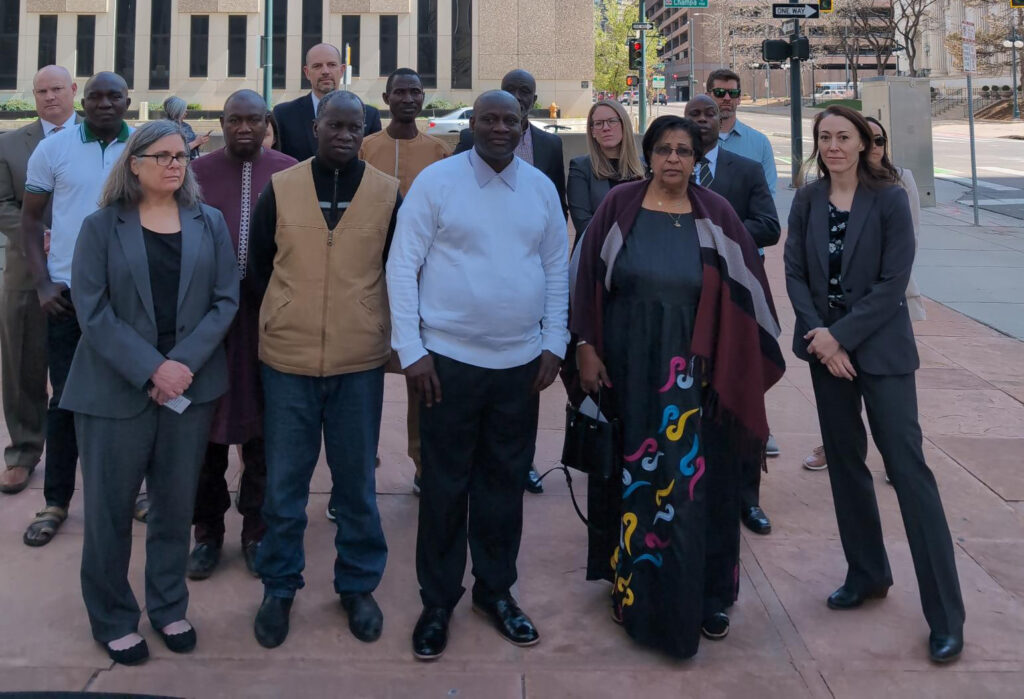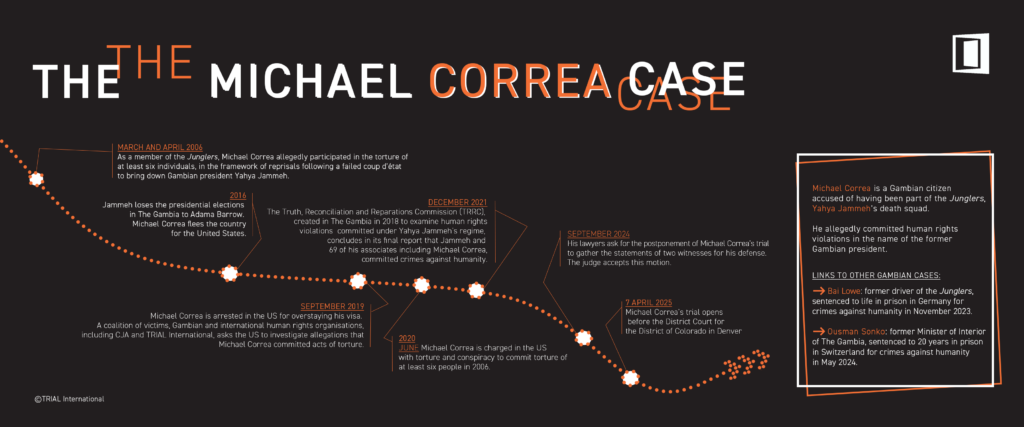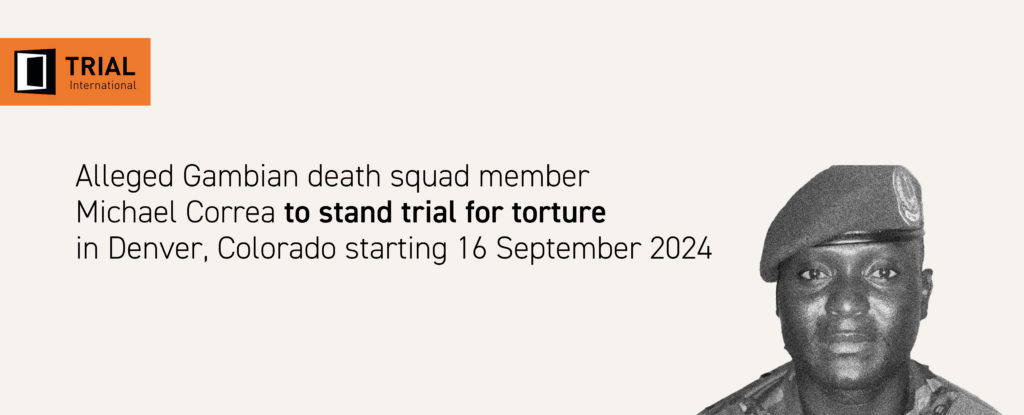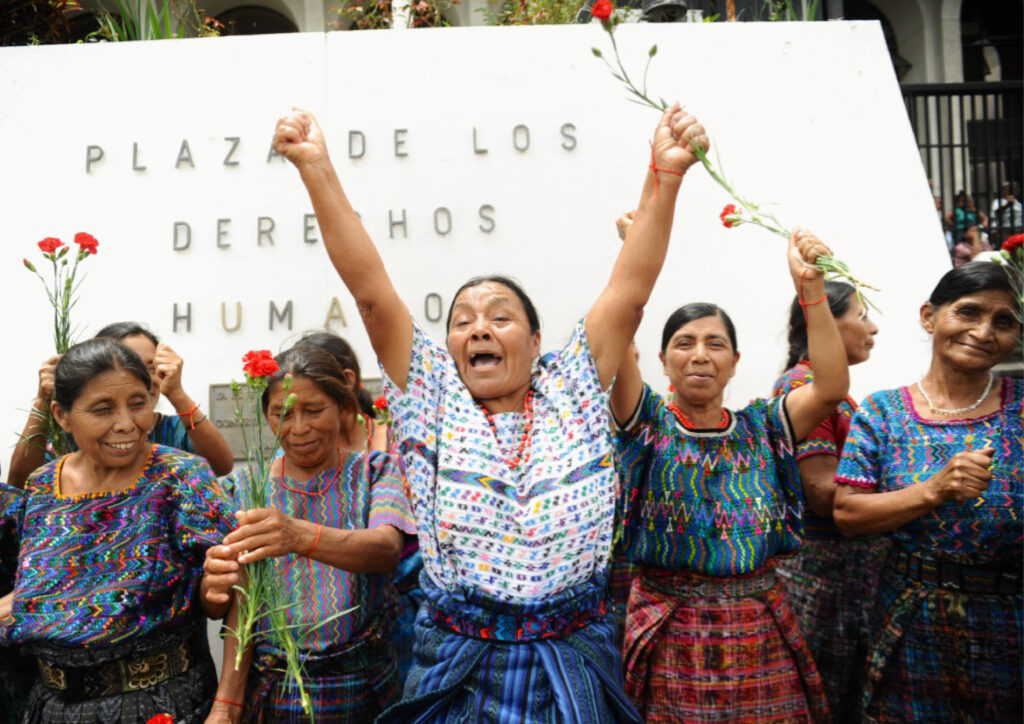Enforced Disappearance and Torture of Himal Sharma from October 2003 to December 2005
The case
In April 2013, TRIAL submitted an individual communication to the United Nations Human Rights Committee concerning multiple human rights violations related to the enforced disappearance, torture and arbitrary detention suffered by Mr. Himal Sharma between 21 October 2003 and 19 December 2005. In this case TRIAL also represents the victim’s wife, Mrs. Devi Sharma.
At the time of his arbitrary arrest in October 2003, Mr. Himal Sharma held the post of Secretary-General of the All Nepal National Independent Student Union Revolutionary, the student wing of the Communist Party of Nepal (Maoist).
On 21 October 2003, Mr. Himal Sharma was arbitrarily arrested in Kathmandu by members of the security forces wearing civilian clothes. Blindfolded, he was taken to the Maharajgunj barracks and forcibly disappeared by members of the Bhairabnath Battalion of the Royal Nepal Army for almost one and a half years. A husband and father to three young children, the disappearance of Mr. Himal Sharma had devastating consequences for the whole family. Throughout his enforced disappearance, Nepali authorities repeatedly denied Mr. Himal Sharma’s detention and failed to reveal his fate and whereabouts to his representatives and his family despite several attempts carried out by his wife, Mrs. Devi Sharma, to locate him.
In February 2005, he was transferred to the Mahendradal Battalion barracks in Gorkha district. Mr. Himal Sharma’s fate and whereabouts remained unknown until 8 March 2005.
During the entire period of his enforced disappearance, Mr. Himal Sharma was subjected to severe mental and physical torture. A report published in May 2006 by the Office of the High Commissioner for Human Rights (OHCHR) following an investigation into the Bhairabnath Battalion barracks, as well as the oral and written testimonies of former co-detainees confirm Mr. Himal Sharma’s account of events.
Following tireless efforts led by Mrs. Devi Sharma and a belated investigation ordered by the Supreme Court of Nepal, Mr. Himal Sharma’s whereabouts were eventually revealed by the Nepali government on 8 March 2005, but he was arbitrarily kept in detention and ill-treated until 19 December 2005 when the Supreme Court declared his detention unlawful and ordered his liberation.
Mr. Himal Sharma took a number of steps to seek the formal recognition of his enforced disappearance and torture at the hands of the Nepali army, to obtain criminal and disciplinary sanctions for those responsible for the crimes concerned and fair compensation and redress for the harm suffered.
On 1 June 2007 the Supreme Court ordered the Nepali government to promulgate a statute of law criminalising enforced disappearance in accordance with international standards; form an independent commission to investigate on the status of disappeared persons and the causes of their disappearance and submit the findings to competent authorities for prosecution; and provide victims of enforced disappearance with effective remedies and reparations.
Apart from an interim compensation of 100,000 NRs received (approximately 1,130 US dollars) received in 2011, the final decision by the Supreme Court has fallen on deaf ears and no ex officio, prompt, impartial, thorough and independent investigation has been carried out, no one has been subjected to criminal nor disciplinary sanctions and no effective reparation has been granted for the arbitrary detention, enforced disappearance and torture of Mr. Himal Sharma.
In April 2013, TRIAL submitted an individual communication to the United Nations Human Rights Committee asking it:
- to recognize that Nepal violated numerous articles of the International Covenant on Civil and Political Rights due to Mr. Sharma’s enforced disappearance, the ongoing failure of Nepali authorities to conduct an effective investigation and prosecution of the crime and the ensuing suffering endured by Mrs. Devi Sharma owing to the disappearance of her husband and the attitude of official indifference maintained by Nepali authorities in the face of her serious concerns;
- to require a thorough and independent investigation into the arbitrary deprivation of liberty, torture and enforced disappearance of Mr. Himal Sharma and the prosecution and sanction of the perpetrators;
- to require the amendment of the Commission on Investigation of Disappeared Persons, Truth and Reconciliation Ordinance adopted on 14 March 2013 in order to make sure that no person accused of gross human rights violations, including torture and enforced disappearance, may benefit from any amnesty provision exempting him or her from criminal responsibility
- to request Nepal to ensure that the authors obtain prompt, fair and adequate reparation covering both material and moral damages.
General context
The enforced disappearance of Mr. Himal Sharma partook place in the the context of internal armed conflict which Nepal experienced between February 1996, when the Communist Party of Nepal (Maoist) overtly declared war against the official governmental authorities of Nepal, and November 2006, when the different parties to the conflict signed the Comprehensive Peace Agreement sanctioning a formal end to hostilities.
The decade-long armed conflict from 1996-2006 caused not only severe economic and social damage in Nepal but also put the country’s name in the list of the top human rights violators worldwide. Enforced disappearances, torture, summary executions and arbitrary detentions by both State agents and Maoists was widespread during this period. According to the Office of the High Commissioner for Human Rights, some 1,300 alleged enforced disappearances took place during this period that remain unaccounted for.










